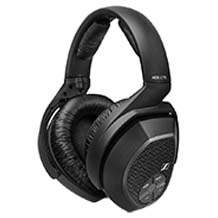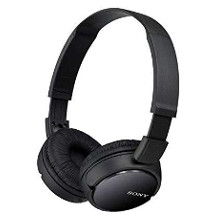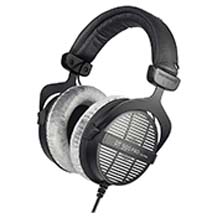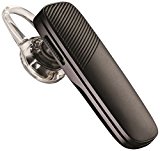Wireless in-ear headphones purchasing advice: how to choose the right product
- The most important facts in brief
- In-ear Bluetooth headphones connect wirelessly via Bluetooth to devices such as smartphones, tablets and notebooks.
- While in-ear models lie in the ear canal, earbuds are placed in the ear cup.
- For charging, in-ear Bluetooth headphones come with charging cables or battery-operated charging cases. These extend the battery life many times over when travelling.
- Waterproof models can be worn in the rain, during sweaty sports sessions and even while swimming.
- Special features such as ANC, a touch-sensitive housing and a voice assistant contribute to comfortable handling.
In-ear Bluetooth headphones: wireless and always with you
With in-ear Bluetooth headphones in your pocket, you can listen to music anywhere at any time. Some models, including the charging case, are only about the size of a pack of dental floss. What’s more, not only is there no annoying untangling of the cables before inserting the headphones, but there is also no danger of loose contacts due to broken cables. For this reason, wired headphones are very popular when travelling, on the daily commute to work or during sports.
The sound quality is in no way inferior to wired models. With powerful bass, stereo sound and brilliant treble, in-ear models in particular have established themselves, which fit directly into the ear canal via attachments made of plastic, foam or silicone. Alternatively, there are earbuds without wires that are not placed in the ear canal but in the outer ear.
The different forms: In-ear versus earbud
For many users, the decision between in-ear headphones and earbuds is purely a matter of taste. The different placement in the ear results in a completely different wearing sensation and the sound also varies a little. Nevertheless, both systems have their own advantages and disadvantages.
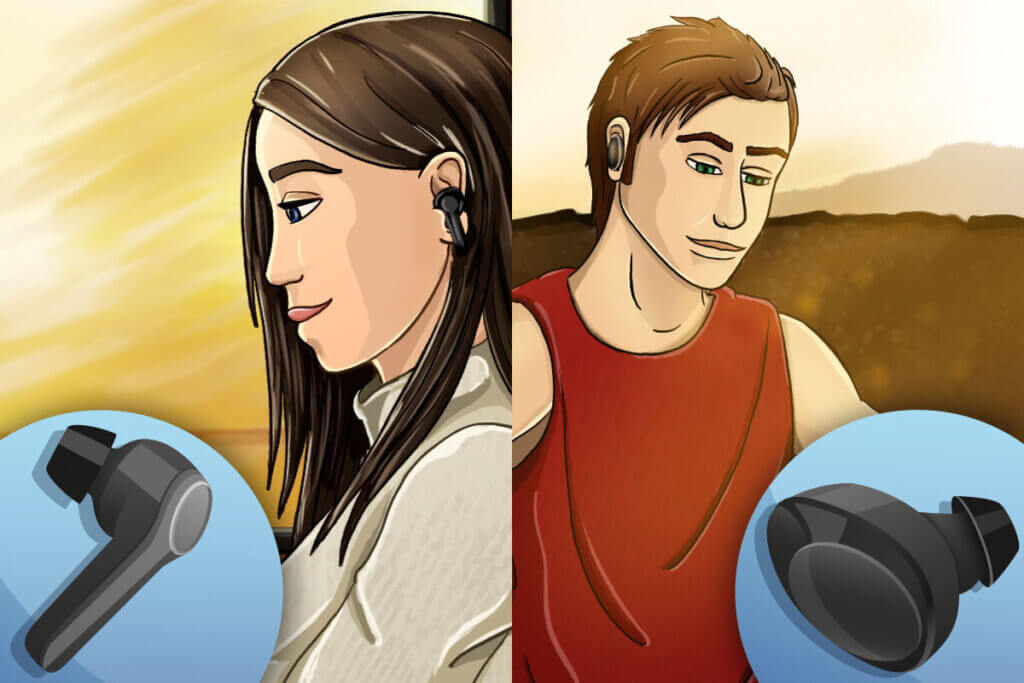
In-ear headphones
Each speaker contains a driver that converts an electrical signal into sound, making music, sounds and voices audible to human ears. With in-ear headphones, there is an attachment in front of each of the small loudspeakers that adapts to the individual ear canal thanks to soft materials. As if through a funnel, this directs the sound waves into the human ear canal towards the eardrum. The sound waves thus reach the auditory organs almost without loss.
At the same time, the closed system shields against ambient noise. Since the scope of delivery of in-ear headphones usually includes several attachments in different sizes, the earplugs can be adjusted to the ears of the respective user. Thanks to this adjustment, they are particularly suitable for use during sports or other physical activities.
However, the shielding of external noise also comes with disadvantages. High volume levels, together with the insulation of the ear canal, lead to increased inattention in road traffic. At the same time, users hear their own footsteps or pulse through the closed system. Furthermore, the slight negative pressure that the in-ear headphones produce in the ear can become uncomfortable in the long run. If you like to listen to music at high volumes, the direct exposure to sound can cause considerable damage to your eardrums.
Earbuds
The term earbuds describes headphones that fit inside the pinna of the ear. They sit in a hollow a few millimetres in front of the ear canal. This indentation in the middle of the ear, just in front of the ear canal, can be easily felt with a finger. From there, the sound reaches the eardrum much more indirectly than is the case with in-ear models.
As a rule, manufacturers use uniform sizes in production and do not offer attachments with different diameters. Modern earbuds also no longer have the foam caps familiar from wired models. For this reason, earbuds sit looser in the ear for many end users and fall out easily.
At the same time, earbuds do a poor job of shielding the sound from ambient noise. This has a negative effect on the sound quality, but is a positive feature in road traffic. There is also no negative pressure after insertion and no amplification of body noise.
Which design is better?
Which design you choose is up to your personal taste. Although in-ear systems have acoustic advantages, many users describe the wearing comfort including negative pressure as rather unpleasant in the long run. Due to their position close to the eardrum, in-ear headphones also put more strain on the inner auditory organs. Earbuds, on the other hand, offer disadvantages in terms of sound quality and fall out of the ear more quickly when moving quickly, for example during sports. In addition, the choice of earbud models is very limited.
These are the criteria to consider when buying
After choosing the design, you are faced with other decisions. When buying in-ear Bluetooth headphones, noise attenuation, sound quality, operation, battery life, range and budget are among the criteria to consider.
Noise reduction and ANC
A major advantage of in-ear headphones is the construction-related attenuation of external noise. Yet this phenomenon is only a side effect of the closed design. ANC (active noise cancelling) technology, on the other hand, works specifically against ambient noise and background noise. For this purpose, compatible models pick up the noise via microphones and minimise it by outputting anti-noise. The disturbing sound waves are countered by artificial sound waves with reversed polarity. Depending on the accuracy of the anti-noise, disturbing noises are clearly less audible for the end user.
In practice, active noise cancelling is particularly effective for constant noises with medium to low pitches. For example, ANC reduces humming inside aircraft or noise in road traffic. In the meantime, the technology can be found in more and more in-ear Bluetooth headphones, after having been reserved for users of over-ear models for a long time. Active noise cancelling is particularly suitable for frequent travellers who have to concentrate on their work on planes or trains. Since ANC works independently of music playback, compatible in-ear Bluetooth headphones are also ideal for finding peace in noisy environments. However, headphones with ANC only artificially attenuate sound, making them no alternative to wearing hearing protection.

Basically, there are serious differences in the effectiveness and quality of active noise cancelling. Models from Bose and Sony are considered particularly effective in this respect and suppress noise with very low noise levels. Inexpensive models, on the other hand, often exhibit ANC in the form of strong background noise.
Sound quality
Without active noise cancelling, most modern headphones offer clear music reproduction with little noise. Many consumers expect a powerful bass response when listening to music, which not all headphones provide. Since in-ear headphones also transmit sound through the ossicles in the middle ear, the bass effect is usually more effective.
Manufacturers indicate how good the sound quality of in-ear Bluetooth headphones is directly on the packaging. There, consumers can find the maximum output power of the built-in speakers inside the headphones, also called drivers, in watts. The frequency range, on the other hand, describes the pitches in which the drivers can operate. The greater the frequency range, the more versatile the headphones are in theory. However, these parameters only say something about the perceived sound quality to a limited extent.
In addition to the characteristics of the built-in drivers, the sound quality of in-ear Bluetooth headphones is also determined by the Bluetooth connection. The Bluetooth version is of secondary importance, much more important is the support of modern audio codecs. These are responsible for compressing and decompressing the signals when transferring data from the smartphone to the in-ear Bluetooth headphones. The music files are “compressed” for transmission and “enlarged” again during playback. Different codecs perform this task at different speeds and in different qualities.
| Codec | Meaning | Advantage | Disadvantage |
|---|---|---|---|
| SBC | Low Complexity Subband Codec | No high demands on computing power | Many losses and low bit rate |
| AAC | Advanced Audio Coding | Good sound quality thanks to better compression | Lossy |
| LDAC | Eigener Codec des Herstellers Sony | High bit rate | Very rare |
| aptX | Audio Processing Technology | High quality and particularly synchronous | No support for Apple devices |
| aptX HD | Verbesserte Version von aptX | More loss-free than aptX and just as synchronous | Very rare |
For audio output in films or video games, it is recommended to pay attention to the support of the codecs aptX and aptX HD. These significantly reduce the latency between the audio source and the headphones: the voice output is synchronised with the lip movements of the actors. At the same time, aptX guarantees high-quality compression of the audio signal. The advantages of standards such as aptX HD or AAC are particularly noticeable in more expensive models with high sound quality. Together, the headphones resolve even nuances clearly and quiet instruments in an orchestra are not lost in the compression required for transmission. For this to happen, the music file must also be of the required quality.
Another major influence on sound quality is the source from which the music originates. The Bluetooth wireless standard is certainly suitable for high-quality music enjoyment, but music streaming services often transmit their files in insufficient quality. Here, end consumers should turn to providers such as Spotify Premium or Tidal, which offer music in high bit rates and lossless formats such as FLAC or WAV.
How well are in-ear Bluetooth headphones protected from environmental influences?
The IP code number indicates whether in-ear Bluetooth headphones are dustproof and waterproof. Many models come with protection against splashing water. There are even versions that can remain in the ear while swimming. The International Protection marking consists of two numbers. The first number ranges from 1 (against foreign objects) to 6 (completely sealed against dust) and indicates the protection against solid objects and dust. However, this information is not particularly relevant for sports use. Therefore, the first number is often replaced by an X. The second number indicates the waterproofness of the headphones. It ranges from 1 for protection against dripping water to 8 for permanent submersion. For protection against perspiration and sporting activities in the rain, the second digit should be at least 4, and ideally 7 or 8 for use while swimming.
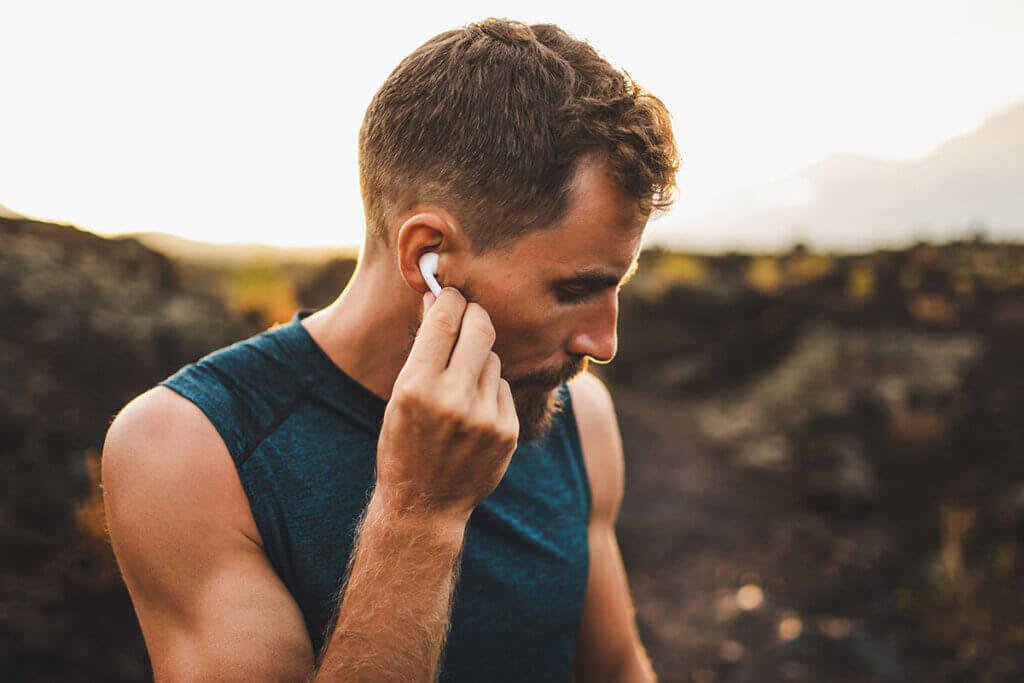
Alternatively, there are in-ear Bluetooth headphones that are explicitly labelled by the manufacturer as headphones for sports or swimming. In addition to specifying the IP certification, some manufacturers also extend their warranty against damage caused by water penetration.
Operation and gestures
So that you don’t have to constantly take your smartphone out of your pocket while listening to music, most true-wireless headphones have integrated controls. In addition to physical buttons, manufacturers install touch-sensitive surfaces or sensors that recognise when the headphones are removed from the ear. Operation via swipe gestures is extremely intuitive. Touch-sensitive surfaces directly on the earphones also recognise a variety of movements. However, use with gloves is not possible, as the sensors work with electrical voltage. At the same time, rain and wetness can lead to incorrect inputs and interrupt playback against the user’s will.
Pressure-sensitive surfaces, on the other hand, where part of the earpiece is pressed together, do not have these sources of error. Unlike gestures, however, the surfaces only register one input at a time. Thus, for example, they only deactivate ANC or activate built-in voice assistants. For voice inputs, in-ear Bluetooth headphones act as an intermediary between the user and the smartphone. The integrated microphones record your voice so that you can control numerous smartphone functions without touch screen inputs. In addition to music control, this also enables hands-free phone calls.
Can I make phone calls with in-ear Bluetooth headphones?
You can make phone calls at any time via the integrated microphones in the in-ear Bluetooth headphones. There are very big differences in the quality of the built-in microphones. While the sound quality for the end user is usually comparable to the call quality on a smartphone, the filtering out of ambient noise is the most important thing with built-in microphones. How well a pair of headphones filters out noise during the transmission of speech can hardly be predicted before the purchase. However, expensive models usually offer better microphones and thus ensure clearer recordings of the voice.
Battery life
The batteries in true-wireless headphones cannot be particularly large due to their construction. With uninterrupted listening, the battery life is usually around ten hours; with active noise cancellation, it drops.
To extend the runtime, manufacturers insert additional batteries into the enclosed charging cases. These are charged via connections such as USB-C or micro-USB. Thanks to USB-C, certain models already support quick-charging, which means that the charging time via the power socket is very short. Within half an hour, the corresponding batteries are mostly or even fully charged. Regularly inserting them into the charging case extends the battery life of the in-ear headphones to over 40 hours. This makes some models particularly suitable for frequent travellers. For travellers, it is also a good idea to look for a wireless charging function. With this technology, compatible smartphones transfer energy to the charging case via induction. Alternatively, there are power banks and charging stations that have the corresponding coils for Qi charging.

How often do I need to charge in-ear Bluetooth headphones?
Unlike most smartphones, in-ear Bluetooth headphones do not need to be plugged in every night. The battery life is sometimes already beyond 40 hours when regularly inserted into the charging case. Since the charging cases of true wireless headphones can also be charged while listening to music, the battery can be recharged during use. When travelling, charging via power banks or notebooks is also recommended.
Range and connection
Those who remember the days of wireless headphones with radio reception can breathe a sigh of relief when it comes to the range of Bluetooth headphones. As a rule, the connection is maintained within a radius of ten metres without interruption or loss of quality. If the maximum range is exceeded, the connection breaks off completely and the smartphone stops playing.
Some manufacturers who offer smartphones as well as in-ear Bluetooth headphones optimise communication in their own ecosystem of devices. The devices connect automatically as soon as the charging case is opened to remove the ear buds. Regardless of the brand, the Google Fast Pair standard guarantees the simple connection of Bluetooth headphones under Android devices. Currently, very few devices support this technology. Apple’s own True Wireless headphones and models from its subsidiary Beats by Dre connect automatically under Apple iOS and iPad OS.
The connection between Bluetooth receiver and transmitter via NFC is also convenient. The wireless interface makes it possible to initiate a connection by laying on the headphones. Compatible headphones therefore only need to be held briefly against the smartphone or trouser pocket to establish a Bluetooth connection.
How reliable is the wireless connection of in-ear Bluetooth headphones?
The Bluetooth radio standard also works through trouser pockets, backpacks or mobile phone cases. The maximum distance between smartphone and headphones is around ten metres for most models. This means that music playback works even when the mobile phone is lying on the table and end users are moving around in the home. Since the transmission is exclusively digital, the sound quality does not deteriorate over longer distances.
Price
Many of the features and functions mentioned are available in in-ear Bluetooth headphones in every price range. The quality differs greatly between inexpensive and expensive models. For example, because ANC contributes a lot to the marketing of a new true-wireless headphone, manufacturers try to integrate the feature into inexpensive devices as well. This is not comparable to the noise cancellation of expensive models.
The same applies to the characteristics that allow statements about sound quality. A cheap pair of headphones with a wide frequency range can sound significantly worse than an expensive device with a smaller frequency range. Here, too, the sound quality increases with the cost.
Hygiene and cleaning
Compared to in-ear headphones with cables, models without cables are much more hygienic. Instead of placing them unprotected in a backpack, in-ear Bluetooth headphones usually fit into closed charging trays. These are easy to clean with a dry cloth or cotton swab and to remove earwax or dust. The same applies to the earphones. Users can remove the attachments of in-ear models and rinse them under running water. For earbud models, cleaning with a damp cloth is sufficient. Without regular cleaning, dirt can get into the ear canal.
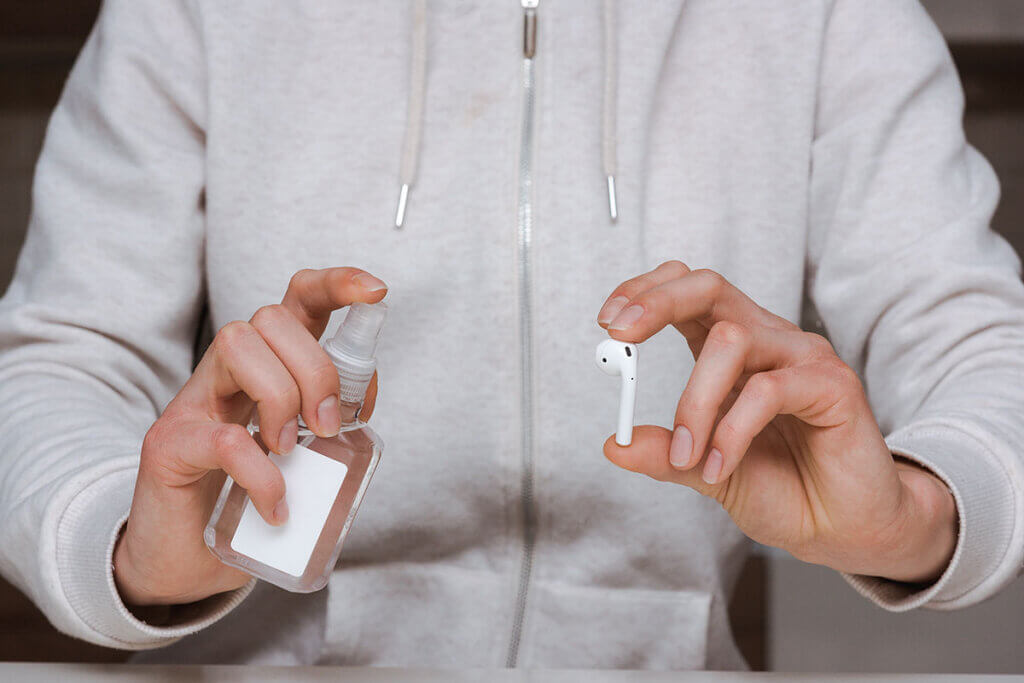

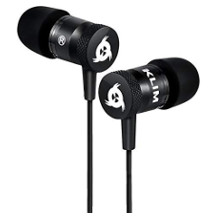
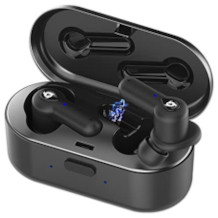
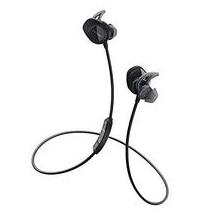
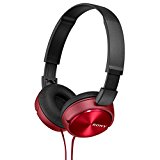
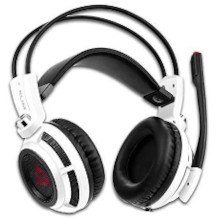
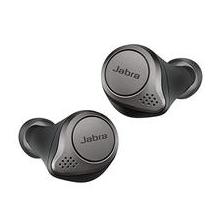
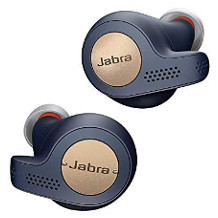
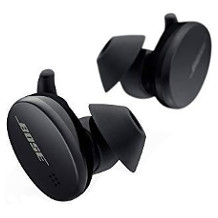
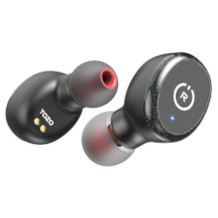
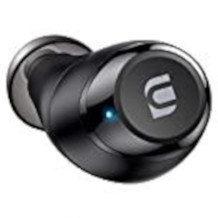
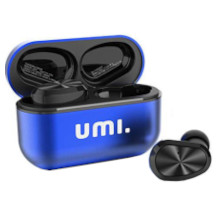
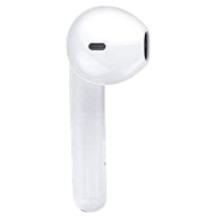

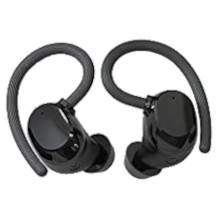
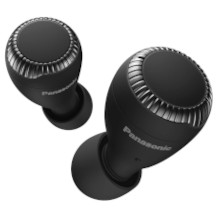
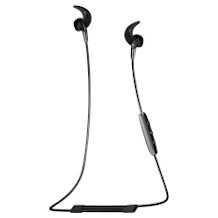
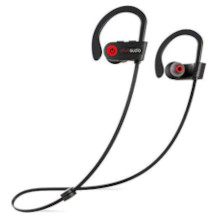
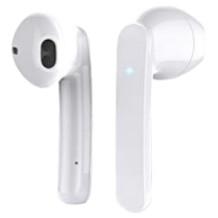

 7,248 reviews
7,248 reviews

